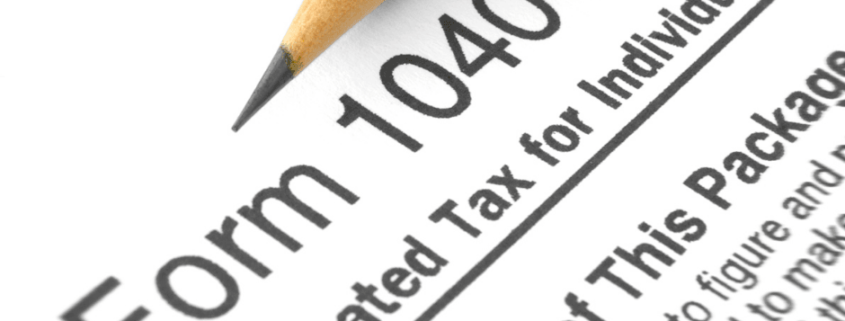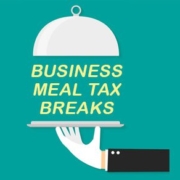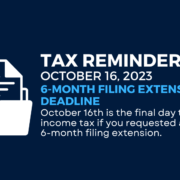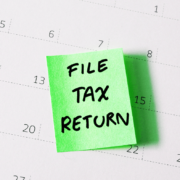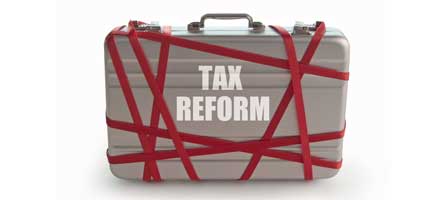Estimated Tax Payments: Everything You Need to Know
- Find out if employees generally need to make estimated tax payments.
- Learn why self-employed individuals must prepay their taxes by making estimated tax payments.
- Discover the 2022 schedule for quarterly tax payments.
- Learn about the underpayment penalty.
- Get more information on safe harbor payments.
Estimated tax payments are not just for the self-employed. They are for anyone whose withholding and tax credits are significantly less than their projected tax liability. If used properly, they can protect a taxpayer from underpayment penalties.
Employees who will have income, Social Security, and Medicare taxes withheld from their wages generally do not need to make estimated tax payments. On the other hand, self-employed individuals must prepay their taxes by making quarterly estimated tax payments.
We refer to these as estimated tax payments because the self-employed individual must estimate his or her net earnings for the year and pay taxes on a quarterly basis according to that estimate. Failure to do so will result in interest penalties.
The self-employed are not the only ones who are subject to estimated tax requirements. Anyone who has income on which there’s no income tax withheld, and even those whose taxes are not sufficiently withheld, may need to make estimated payments.
Thus, if you have income from stock sales, property sales, investments, alimony, partnerships, S-corporations, inherited pension plans, or other sources where no tax was withheld, you may also be required to pay either estimated taxes or run the risk of an underpayment penalty. Others subject to making estimated payments are individuals who must pay special taxes such as the 3.8% tax on net investment income or the employment tax on household employees.
2022 schedule for estimated tax payments
Although we call these payments “quarterly” estimates, the periods they cover do not usually coincide with a calendar quarter. For 2022, the dates are:

*If the due date falls on a Saturday, Sunday, or holiday, the payment is due on the next business day. For taxpayers in Maine and Massachusetts, the first 2022 estimate payment is due on April 19, 2022.
Underpayment penalty
An underpayment penalty does not apply if the tax due on a return (after withholding and refundable credits) is less than $1,000: this is the “de minimis amount due” exception. When the tax due is $1,000 or more, underpayment penalties may be assessed.
The underpayment penalties are determined on a quarterly basis. So, taxpayers cannot make up for an underpayment in an earlier quarter in a later quarter’s payment. However, withholding is treated as being paid ratably throughout the year. Thus, increasing withholding in the latter part of the year can help make up for underpayments in earlier periods in the year. Contrarily, an overpayment in an earlier quarter will apply to the following quarter.
Safe harbor estimated tax payments
The amount of estimated tax payments is determined by estimating one-fourth of the taxpayer’s tax for the entire year; taxpayers pay the projected tax in four installments. When the income is seasonal, sporadic, or the result of a windfall, the IRS provides a special form, and the underpayment penalty is based on actual income for the period.
For individuals who do not want to take the time to estimate their quarterly taxes but who still want to avoid the underpayment penalty, Uncle Sam also provides safe-harbor estimates. However, even these can be tricky. Generally, taxpayers can avoid an underpayment penalty if their withholding and estimated payments are equal to or greater than
- 90% of the current year’s tax liability or
- 100% of the prior year’s tax liability.
However, these safe harbors do not apply if the prior year’s adjusted gross income is over $150,000, in which case, the safe harbors are
- 90% of the current year’s tax liability or
- 110% of the prior year’s tax liability.
Thus, a true safe harbor regardless of the current year’s tax liability would be withholding and estimated tax payments equal to or greater than 110% of the prior year’s tax liability whenever the prior year’s adjusted gross income is over $150,000.
Withholding adjustments
Sometimes, individuals who have withholding on some (but not all) of their sources of income will increase that withholding to compensate for the additional income sources that have no withholding. Although this may work, withholding adjustments are not as precise as quarterly payments and should be used with caution.
Fiducial can assist you in estimating payments, adjusting withholding, and setting up safe-harbor payments. Call Fiducial at 1-866-FIDUCIAL or make an appointment at one of our office locations to discuss your situation.
Ready to book an appointment now? Click here. Know someone who might need our services? We love referrals!
For more small business COVID-19 resources, visit Fiducial’s Coronavirus Update Center to find information on SBA loans, tax updates, the Paycheck Protection Program, paid sick and family leave.

